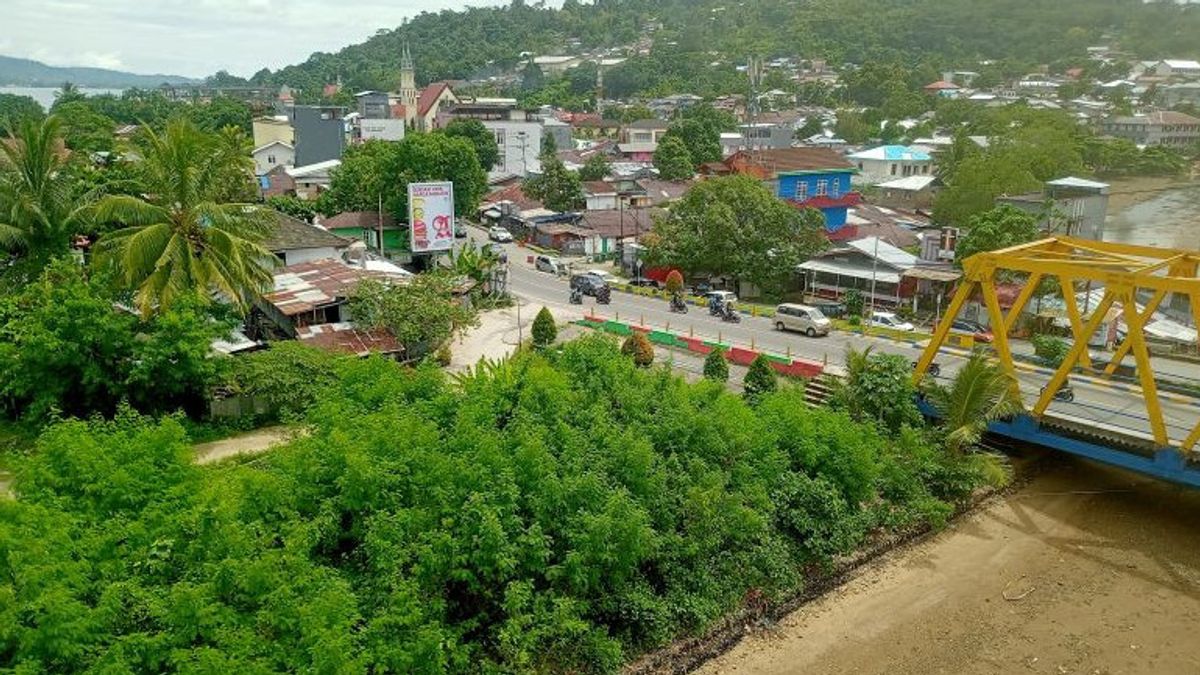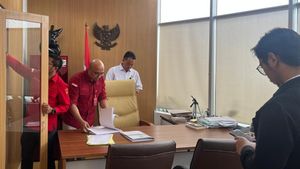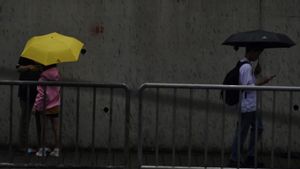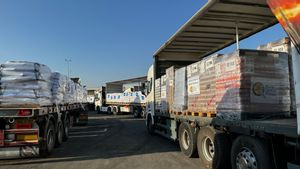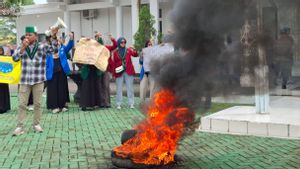AMBON - The Ambon National Research and Innovation Agency (BRIN) found oil content in dead and drying mangrove areas in the Poka area, Ambon City, Maluku.
"Yesterday we sprayed it with a water car. It turned out that a lot of oil that had settled there came out, it was allegedly the cause of the dead and dry mangroves," said Ambon BRIN Associate Expert Engineer Daniel Pelasula, reported by ANTARA, Sunday, February 13.
According to Daniel, from the information he gathered, the oil content found in the dead mangrove area came from pipe leaks, as a result of the construction of the bridge, which is still ongoing.
Pelasula continued, the waste oil that was found by BRIN Ambon, in the dead mangrove area could be dangerous for living marine biota, both plants and fish.
In addition, waters with an undercurrent pattern in the mangrove area can easily drag waste into the sidelines of the mangroves.
"It's hard to live because of the location of the current pattern that brings all the waste into there and it's hard to get out. Yesterday, all the oil appeared, the solution has to be sucked up, only zinc has a suction tool," he said.
Previously, hundreds of mangrove trees on the coast of Ambon Bay, to be precise at Poka Village Beach, Ambon City dried up and died.
The mangroves, which have been dozens of years old, have dried up and died, presumably because they were contaminated with waste in the area.
The tree that guards and protects Ambon Bay has died and has continued to dry up in recent months.
In fact, based on BRIN data in the last two decades the area of mangroves in the Ambon Bay area has remained 33 hectares from the initial 43 hectares.
This is due to the large number of construction activities for houses and cafes above the mangrove area.
The English, Chinese, Japanese, Arabic, and French versions are automatically generated by the AI. So there may still be inaccuracies in translating, please always see Indonesian as our main language. (system supported by DigitalSiber.id)
